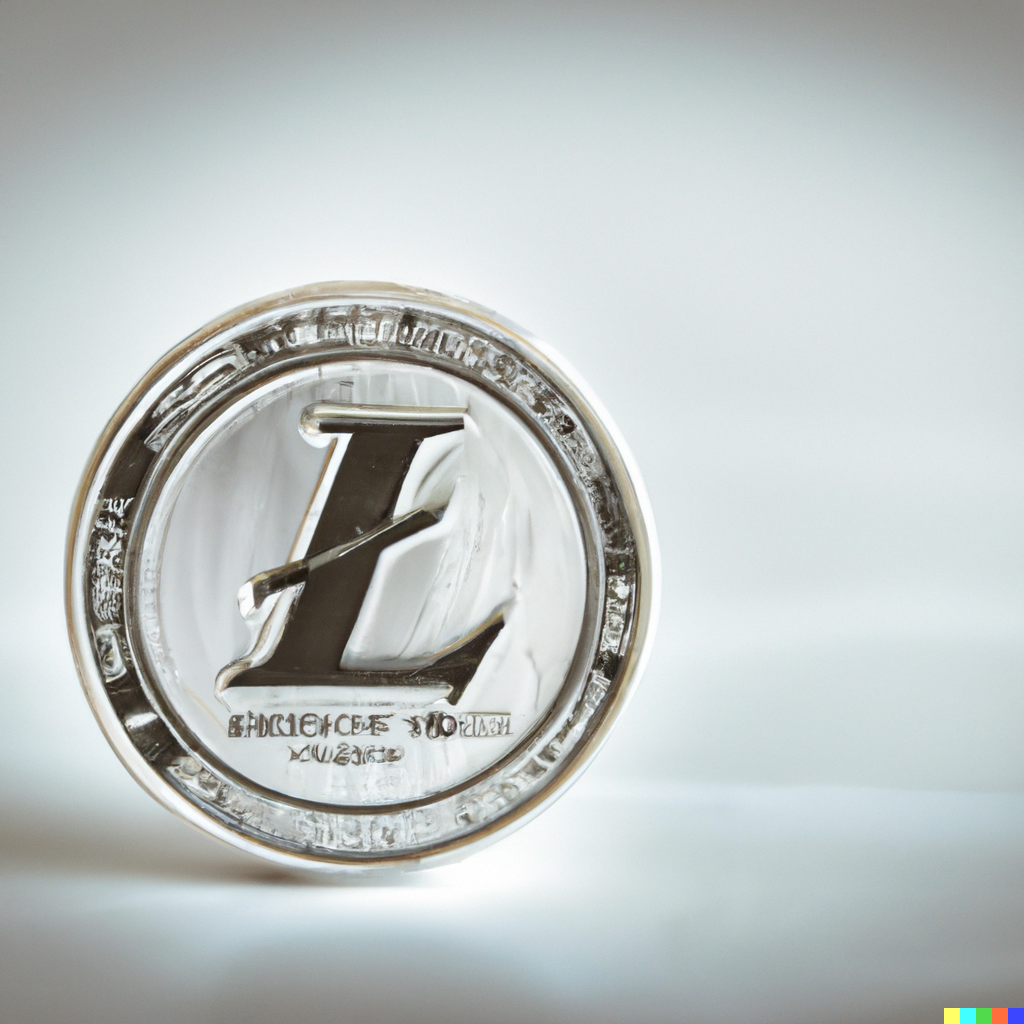
Since its 2011 launch as Bitcoin’s cousin, Litecoin has been one of the oldest crypto coins in the digital market. Briefly, the P2P coin, which is often used in P2P Crypto exchanges, is built on blockchain technology to make the money transfer process entirely independent. Litecoin has so much in common with the popular Bitcoin by technological design. However, a thin but transparent line differentiates the two- the block time.
Litecoin’s (LTC) History and Creator
Litecoin’s developer, Charles Lee, happened to work for one of the most popular cryptocurrency exchanges as an Engineering director. His primary objective was to develop a coin that resembled Bitcoin a bit but with an added touch of uniqueness. Since Bitcoin is referred to as crypto’s “Digital Gold,” he thought “Digital Silver” would also work for his creation.
In essence, Lee’s intention was far from competing aggressively with Bitcoin. Think of Litecoin as a crypto solution that caters to investors’ needs- particularly a need that Bitcoin does not address. Other significant contributions and profitability were inevitable side benefits. Later on, Lee decided to circulate the market more aggressively when he wrapped his head around the importance of altcoins in the digital space. Lee is now a crypto enthusiast competing for the value of his creation against top coins like Bitcoin and Ethereum, and other altcoins.
Litecoin (LTC) and its Key Features
The crypto industry recognizes Litecoin as open-source software. It is because LTC is decentralized and uses an algorithm that is mathematically secure for investors. LTC also provides cheaper and faster cross-border payment solutions for large businesses. Many corporations have utilized it significantly, especially for commerce and businesses that involve internet spending. As such, the digital crypto industry supports it fully as one of the essential exchange mediums. Two factors, liquidity and high trade volume are significant contributors to the cause. It has excellent future potential to dominate the market to take digital transactions a notch higher, especially with its incredible features.
Main Features of Litecoin
Blockchain Technology
When it comes to extensive capacity, Litecoin’s built-in technology can support multiple transactions in the volume of the books. It has implemented specific features like block generations, Lightning, and Segregated witnesses, which enable investors to make massive transactions without any system lags. The technology was also well designed for demanding less attention to making software adjustments in the future. If you are particular about faster transactions with lower fees, Litecoin might be your one-stop solution.
Coin Mining
Litecoin uses the Scrypt algorithm to determine how the coins are mined. Litecoin dominates coins that function on the SHA-256 algorithm, Bitcoin in this case. As an investor, you don’t have to stress over the ASIC-based mining hardware because Litecoin performs fine on its own to mine four times more of Bitcoin’s yearly supply.
In terms of market integration, Litecoin was created to function the same as Bitcoin. The coin has integrated into the market well since its launch, mainly because the LTC community is loyal and supportive of its progression. The financial sectors also embrace the coin’s contributory capacity, the effort stretching across exchange platforms, ATMs, and web developers.
Leave a Reply